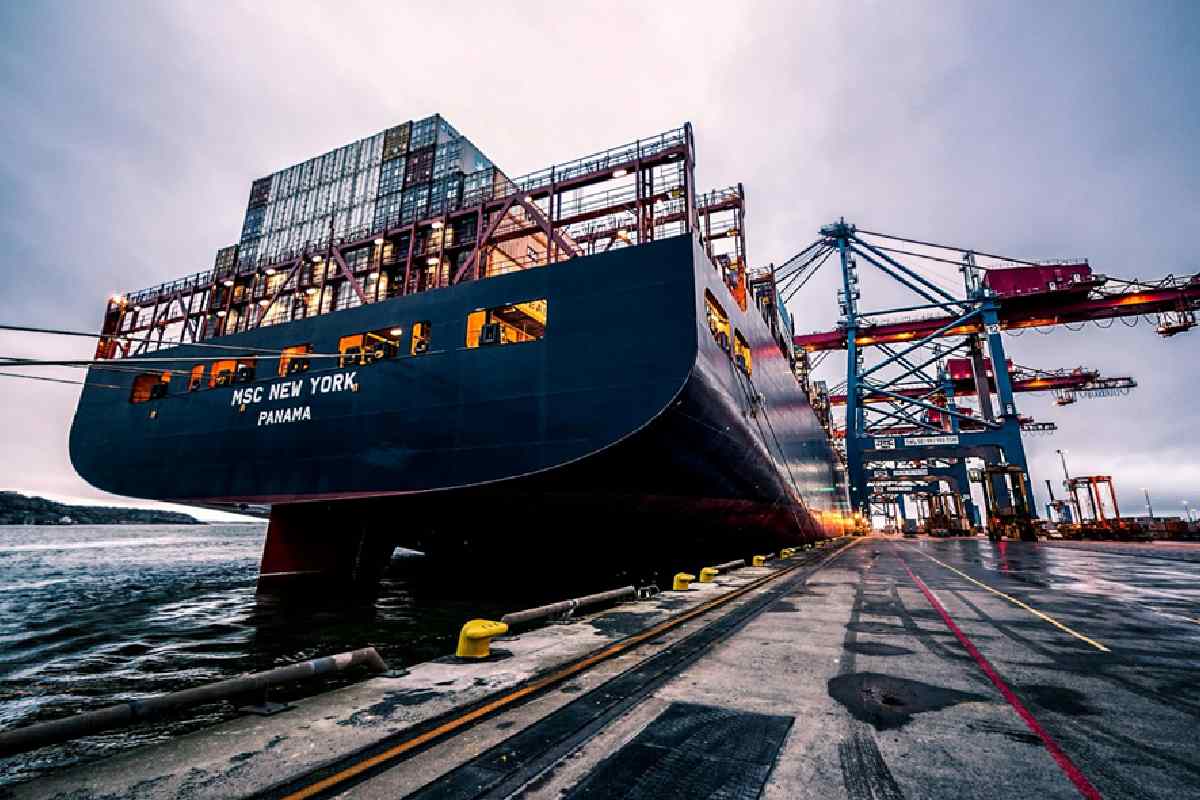
In today’s interconnected global economy, effective logistics risk management is crucial for maintaining seamless supply chain operations. Unforeseen disruptions can lead to significant financial losses and operational setbacks. Developing a robust logistics risk management strategy not only safeguards your business but also enhances resilience against potential challenges. Here’s a comprehensive guide to crafting an effective strategy:
Conduct Regular Risk Assessments
Start by methodically determining any possible hazards in your logistics processes. Natural calamities, delays in transit, geopolitical unrest, and inconsistent suppliers are a few examples. Frequent risk evaluations let you identify weak points and rank areas that need urgent action. You can take proactive steps to reduce these hazards by being aware of them.
Diversify Supply Chain Partners and Routes
It might be dangerous to rely just on one provider or mode of transportation. Diversification guarantees that there are backup plans in case one link in the chain fails. To lessen reliance and increase flexibility, work with a variety of providers and set up several transportation routes. This strategy lessens the effects of interruptions in any one supply chain link.
Implement Real-Time Monitoring Systems
Use technology to keep an eye on your logistics operations in real time. Modern tracking systems give insight into the flow of products, making it possible to spot delays or problems right once. Rapid decision-making and quick reaction to new issues are made possible by real-time data, which lowers the possibility of losses.
Develop Contingency Plans
Create thorough contingency plans to be ready for any unexpected circumstances. These plans have to include what should be done in case of natural catastrophes, supplier malfunctions, or delays in transit, among other situations. To keep these plans current and useful, review and update them frequently. During emergencies, having a clear reaction plan reduces downtime and preserves service levels.
Foster a Risk-Aware Organizational Culture
Create an environment where workers at all levels are encouraged to voice concerns without holding back and are aware of possible hazards. The significance of risk management should be emphasised in training programs, along with advice on how to spot problems early and take proactive measures to resolve them. An organization that prioritizes open communication and transparency is better able to manage disturbances.
Invest in Employee Training and Development
Give your employees the abilities and information they need to properly manage risks. Frequent training sessions on compliance laws, safety procedures, and best practices guarantee that staff members are equipped to tackle any obstacles. Ongoing professional development improves overall operational efficiency and encourages a proactive approach to risk management.
Establish Strong Supplier Relationships
Improved cooperation and communication can result from developing strong connections with your suppliers. A reliable collaboration makes it more likely that suppliers will notify you right away of any possible problems on their end, enabling you to make changes more quickly. Frequent supplier performance reviews and audits contribute to the supply chain’s continued dependability and quality.
Leverage Technology for Predictive Analysis
Make use of artificial intelligence and sophisticated analytics to anticipate such disruptions before they happen. Large volumes of data may be analysed by predictive technologies to foresee hazards including market swings, weather-related delays, and equipment malfunctions. By foreseeing these problems, you may take proactive steps to lessen their effects.
Regularly Review and Update Risk Management Policies
The logistics industry is always changing, and new threats appear on a regular basis. Your risk management rules must be reviewed and updated on a regular basis to take into account the reality of today. Involve stakeholders from different departments to guarantee a thorough approach and offer ideas. This continuous improvement process keeps your strategy relevant and effective.
Consider Compliance with International Standards
Following global guidelines, like ISO 28000, may improve your company’s reputation and offer a methodical approach to supply chain security risk management. Adherence to these standards can enhance connections with international partners and show a dedication to best practices.
To sum up, creating a thorough logistics risk management plan requires a multipronged strategy that includes frequent evaluations, diversification, technology integration, and cultivating a culture of risk awareness. Organizations may maintain a competitive advantage in the intricate world of logistics, improve resilience, and guarantee operational continuity by putting these ideas into effect.